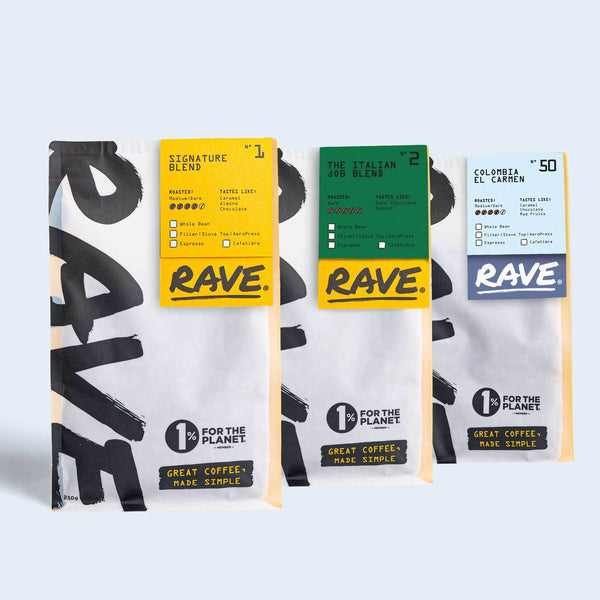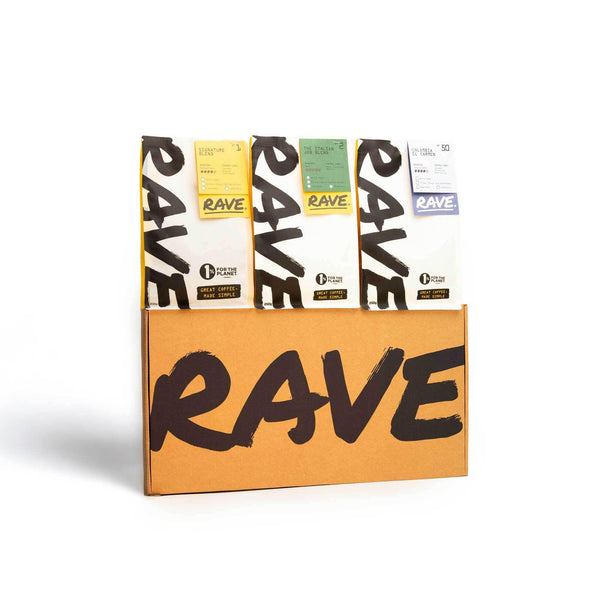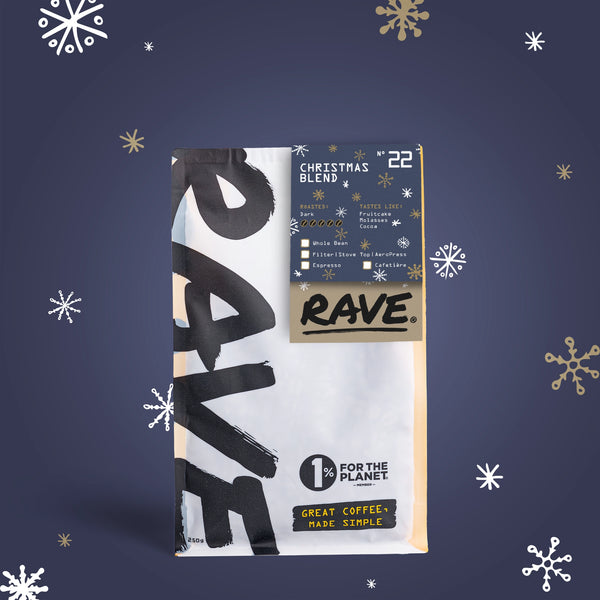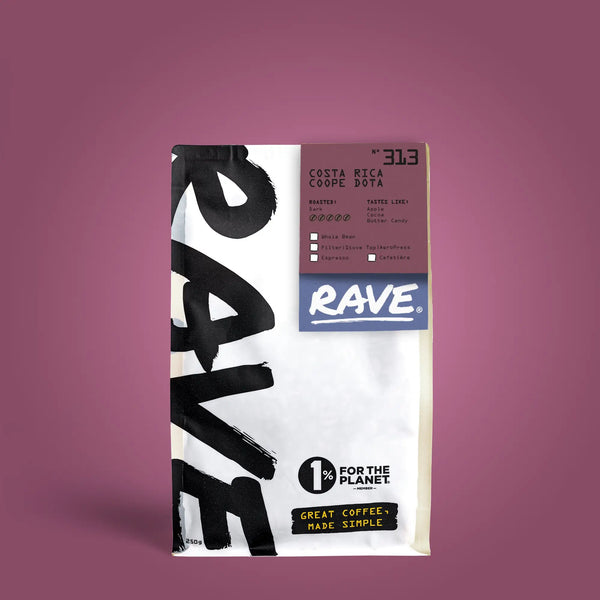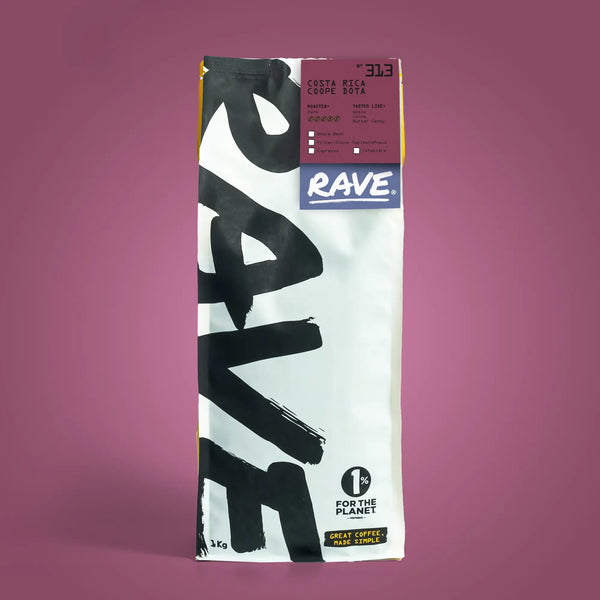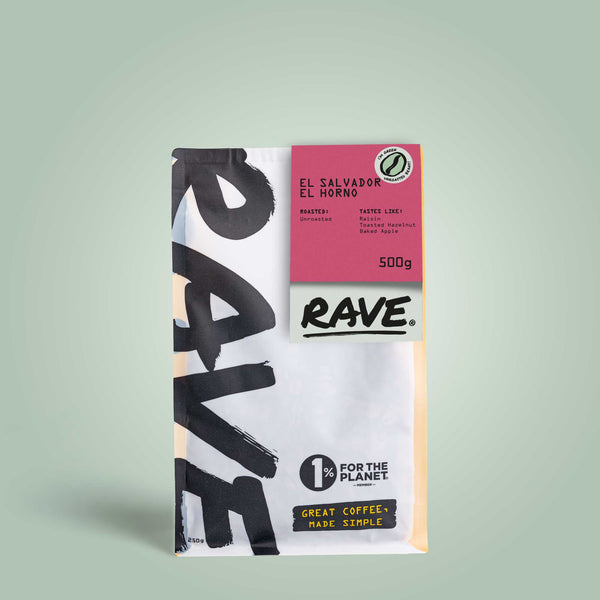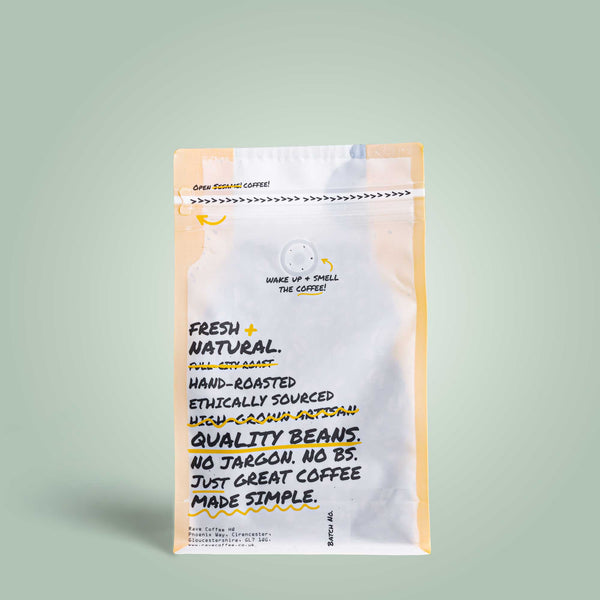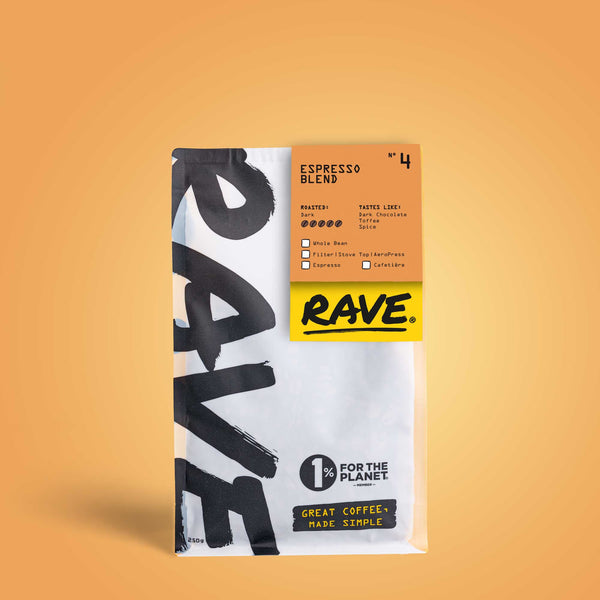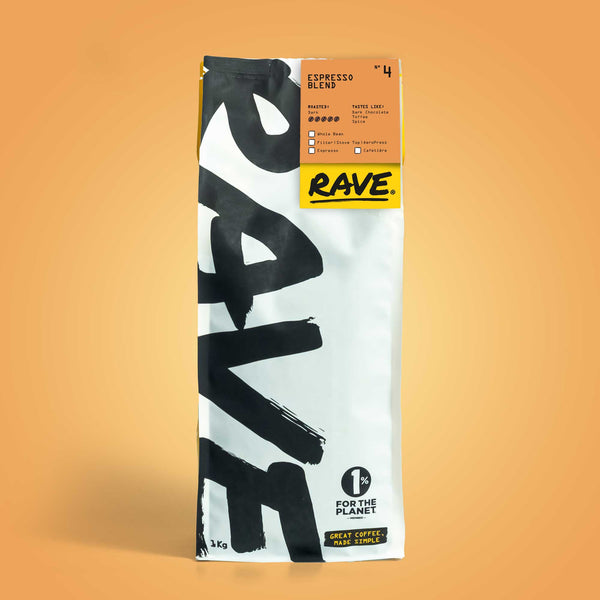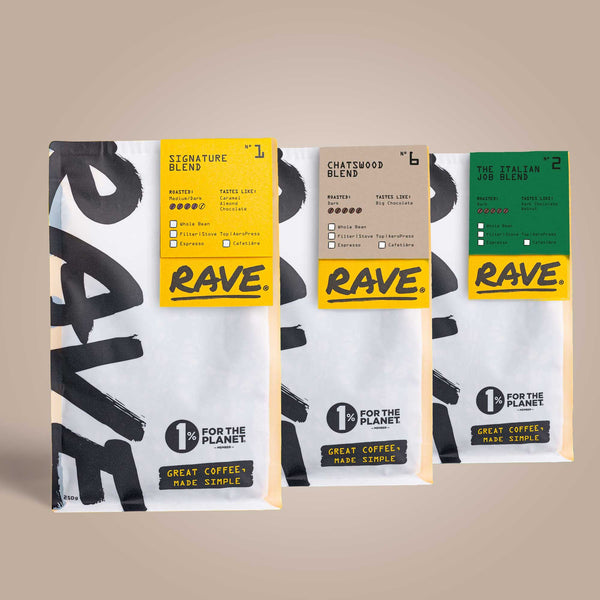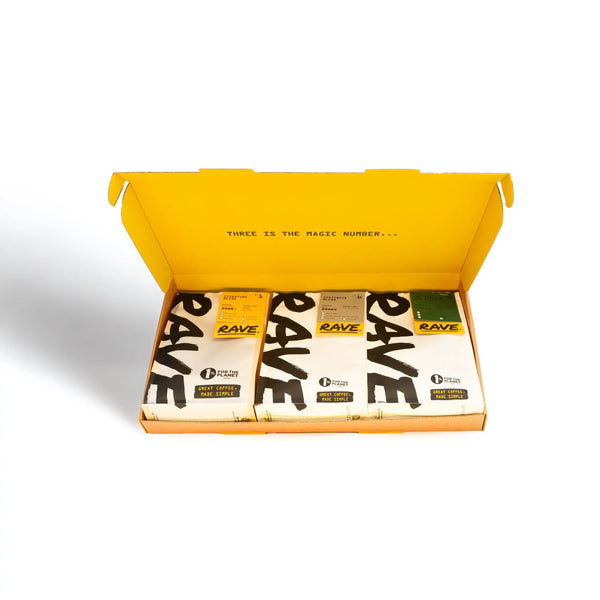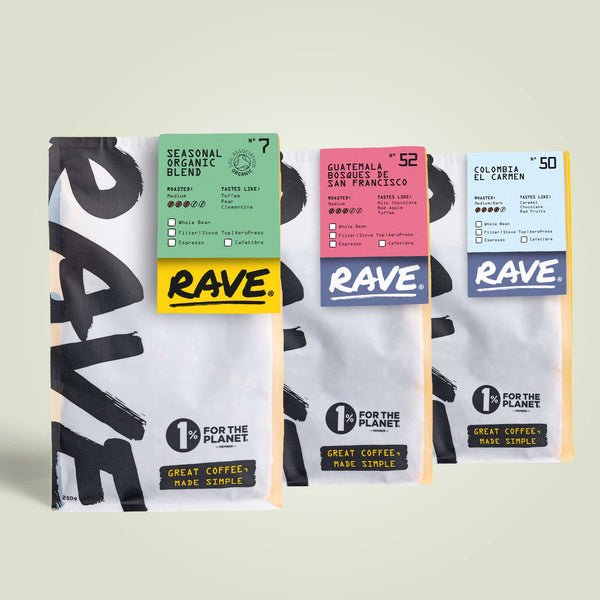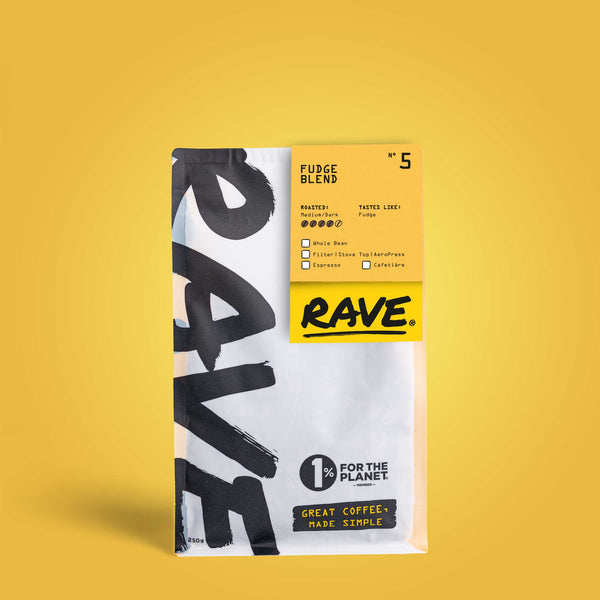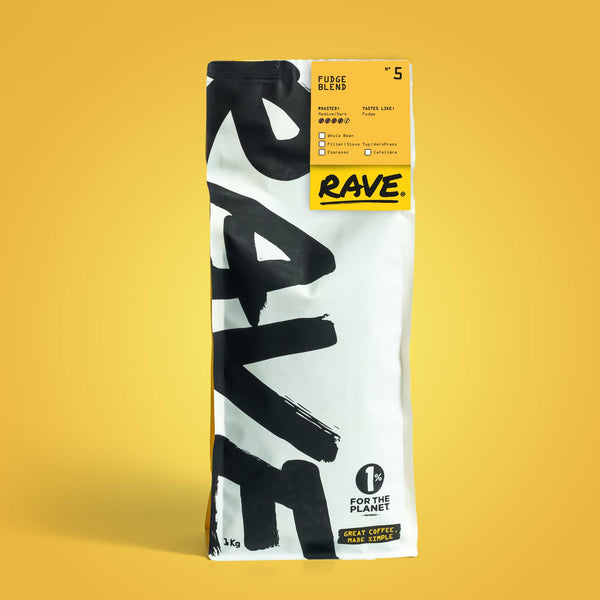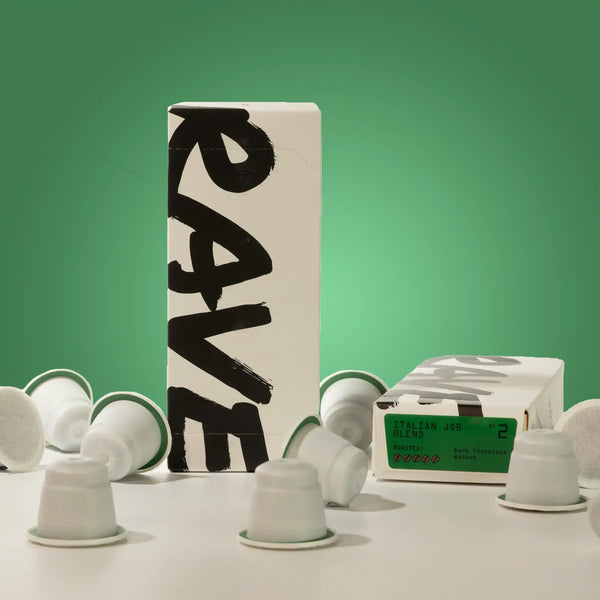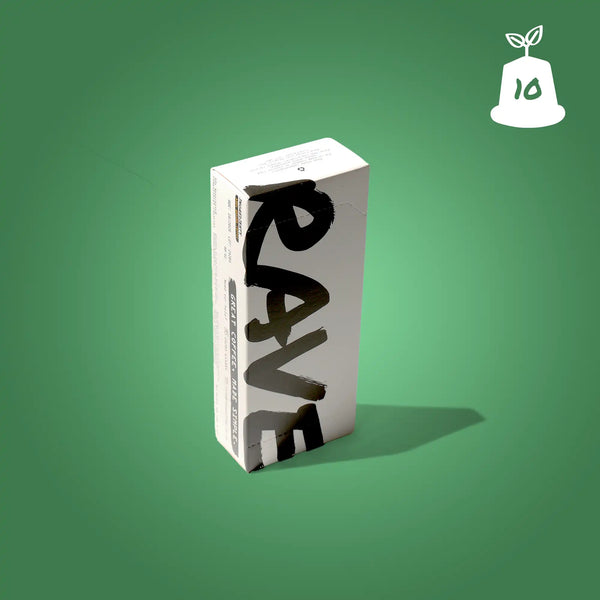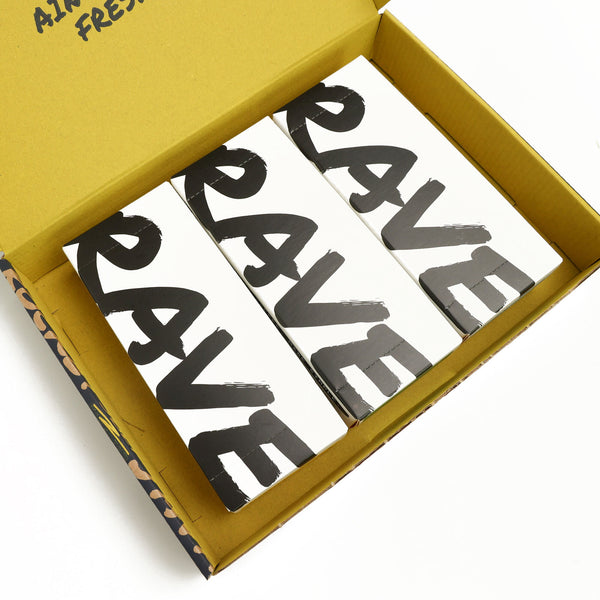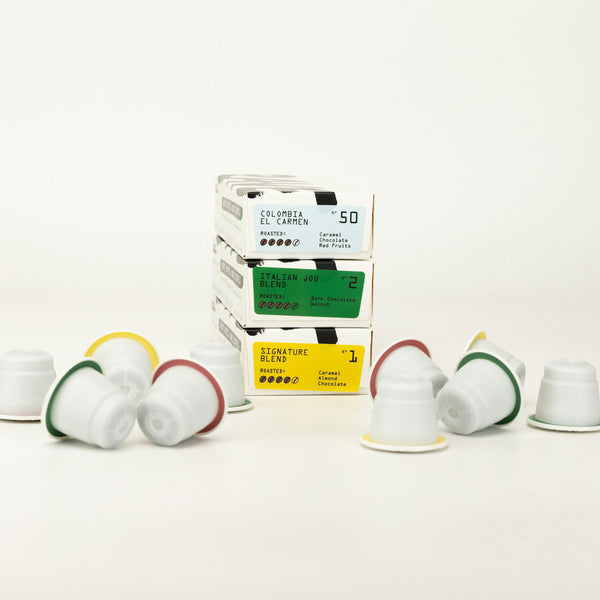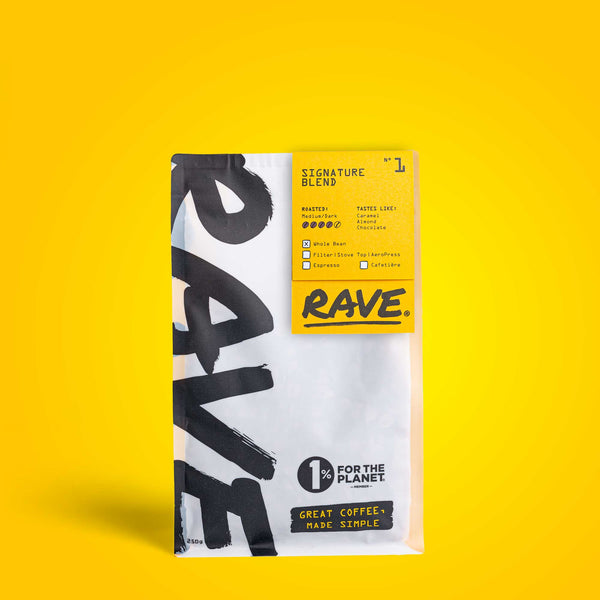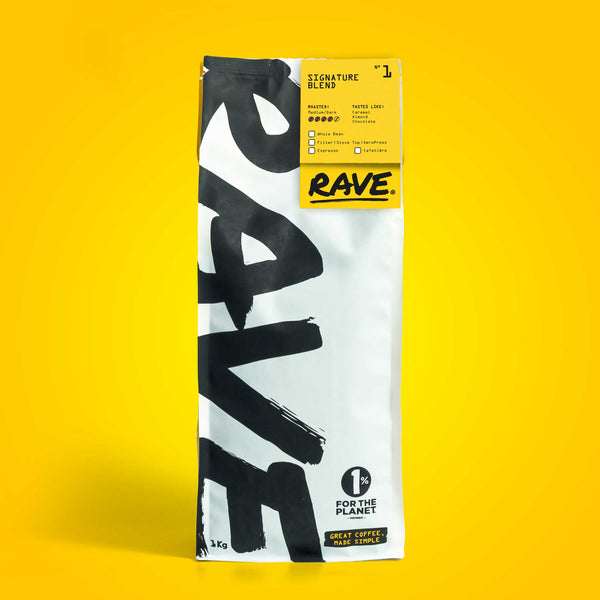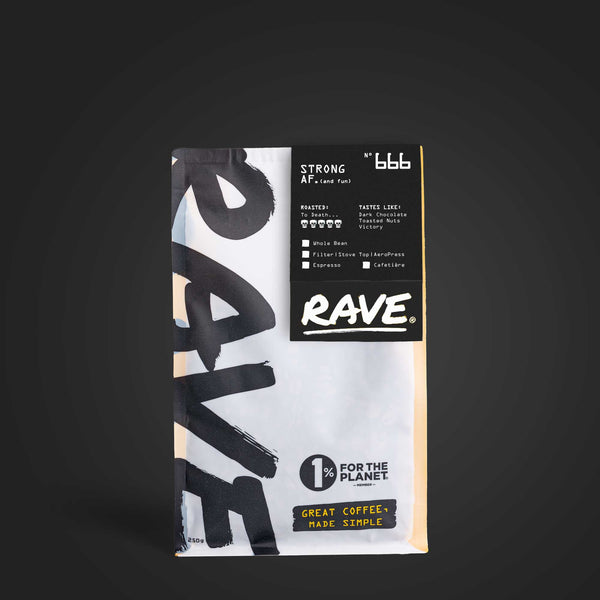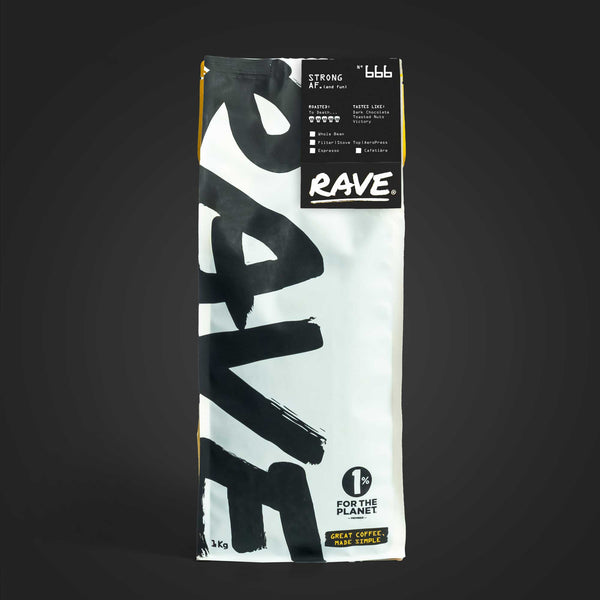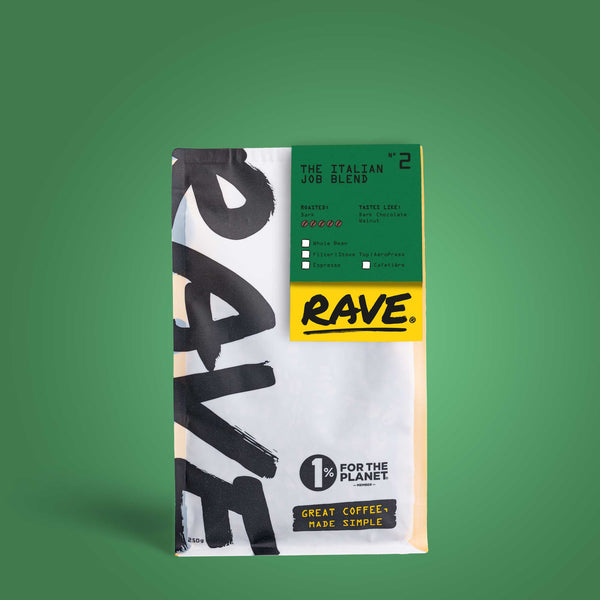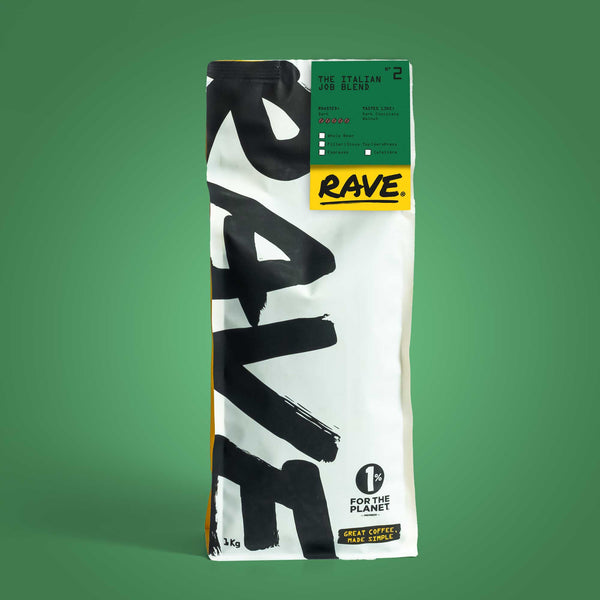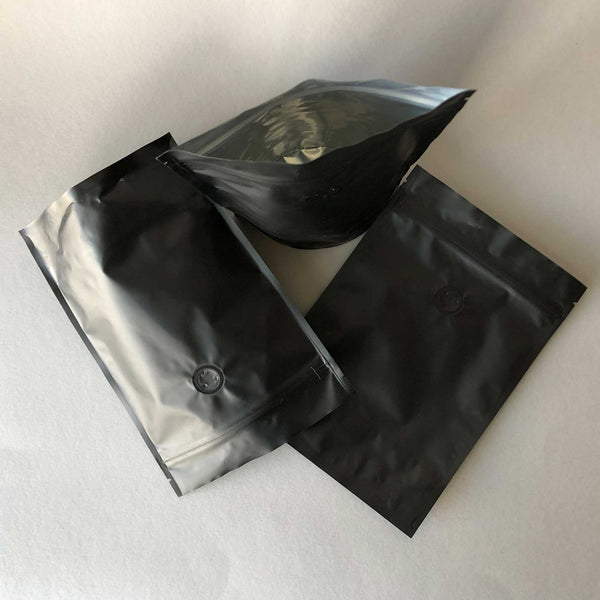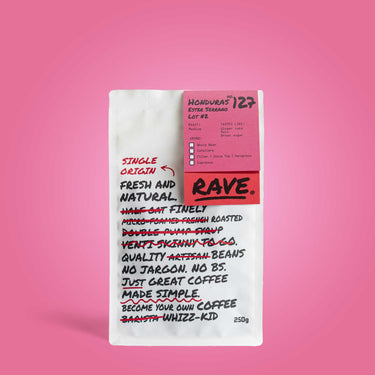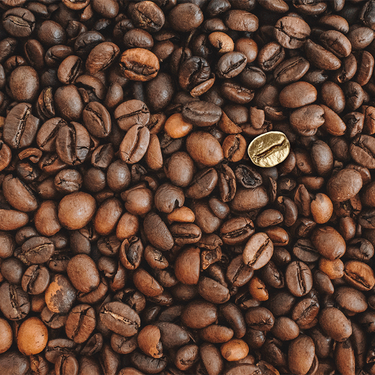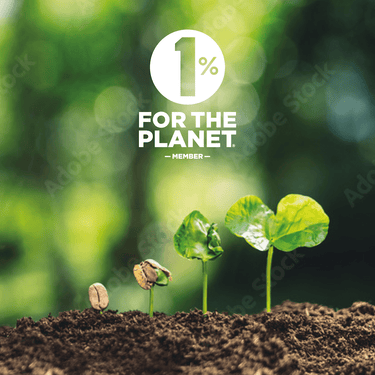Nicaragua
Central America Coffee Region
History of Coffee in Nicaragua
Coffee is a bit of a late comer to Nicaragua, arriving in the mid 1800's when the high price of coffee from Brazil opened opportunities in other nations. Coffee helped drive Nicaragua's economic development and sustained growth for decades, until a series of unfortunate events - dictatorships, a devastating earthquake, a communist revolution and civil war, just to name a few - almost devastated Nicaragua's coffee production, and its reputation. However, since 1990 when Nicragua introduced free and open elections, the country has slowly reemerged from its dark past of instability and corruption, and so too has its coffee industry.
These days, a new breed of producers, largely small-scale, family-driven plantations, have reinvigorated the coffee industry, not only by supplying over 280,000 jobs, but also by preserving the country's forests and by taking a genuine interest in producing good coffee.
Characteristics of Nicaraguan Coffee
Most of Nicaragua's coffees come from three regions within the country's central northern mountains: Jinotega, Matagalpa and Nueva Segovia. Jinotega is the largest producer, followed by Matagalpa and Nueva Segovia, and all produce some beautiful coffees with their own distinct characteristics.
A good Nicaraguan coffee follows the fairly classic standards for a good cup: medium body, clean flavour and great balance. Some can be citrusy and bright, while others can possess a more rustic, fruited flavour. Much of this is down the the roast. But it also has to do with altitude: Nicaraguan coffee is the highest grown coffee in Central America, and therefore avoids the acidity sometimes found in other Central American coffee.

Nicaraguan Coffee: Interesting Facts and News Bites
-
All of Nicaragua's coffee is Arabica, primarily of the Caturra and Bourbon varieties
-
The majority of Nicagraguan coffee is organic, simply because fertilising is too expensive for most coffee farmers.
-
Coffee supports over 45,000 families in Nicaragua who own and operate small coffee farms.
-
95% of Nicaragua's coffee is "shade grown", using shade from native and exotic trees, thus helping sustain Nicaragua's native ecosystem and biodiversity.
-
95% of coffee farmers in Nicaragua are micro- and small-scale producers.
References
http://equalexchange.coop/history-of-coffee-in-nicaragua
http://www.roastmagazine.com/resources/NavOrigins/NavOrig07_3_MayJun.pdf
http://www.sweetmarias.com/coffee.central.nicaragua.php
central american coffees
central american coffees
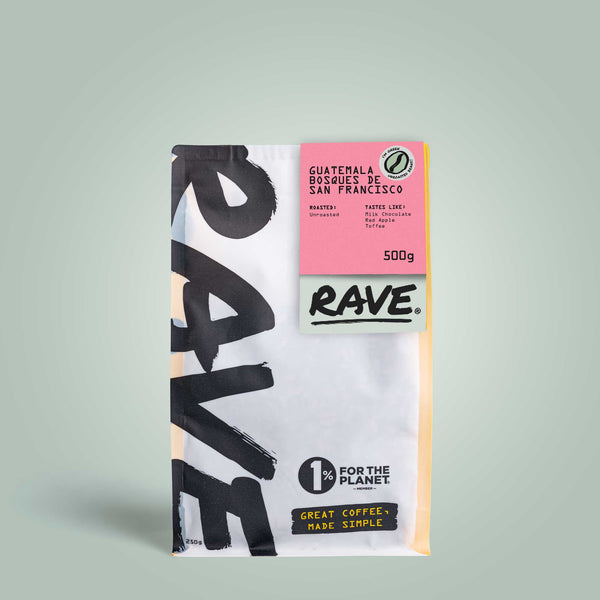
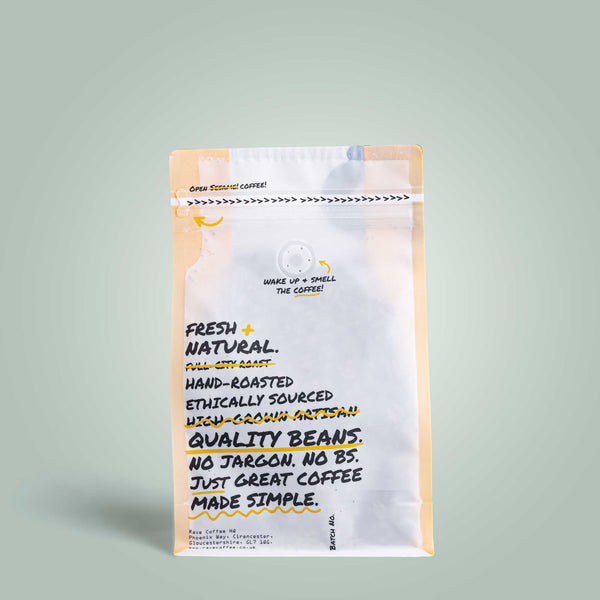
Guatemala Bosques de San Francisco Green Coffee Beans
£12.15

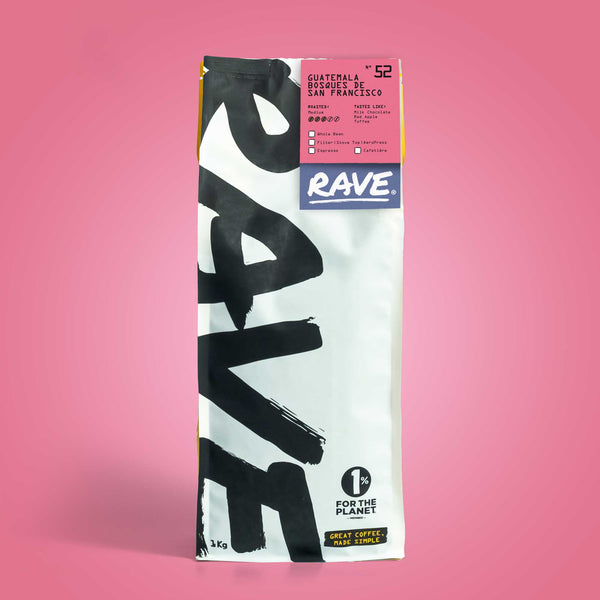
Guatemala Bosques de San Francisco Nº 52
From £9.95
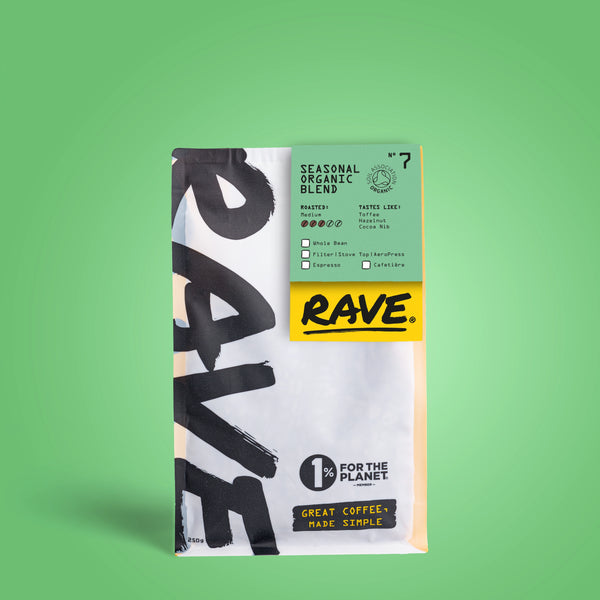
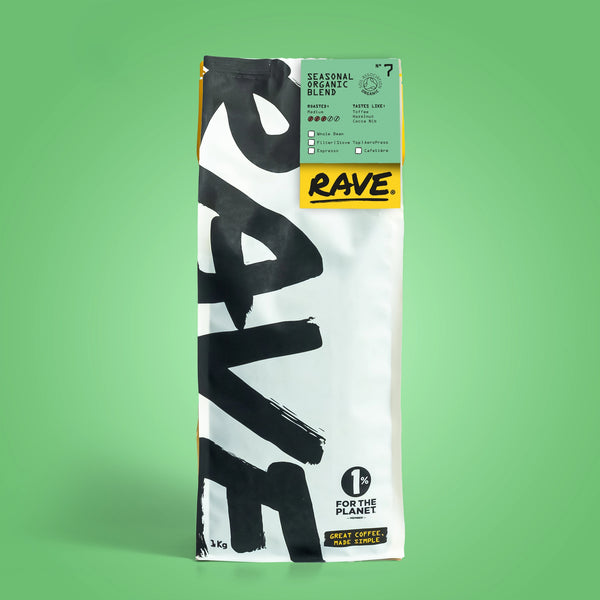
Seasonal Organic Coffee Blend Nº 7
From £8.15 Sold Out


Signature Blend Compostable Coffee Bags - 10 pack
£4.95


- 🌟 New release
Signature Decaf Blend Compostable Coffee Bags - 10 Pack
£4.95



